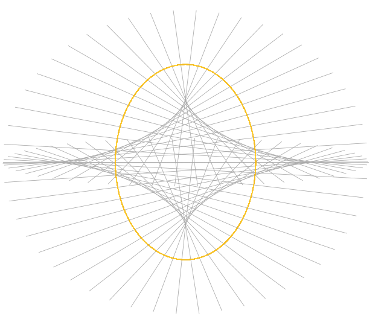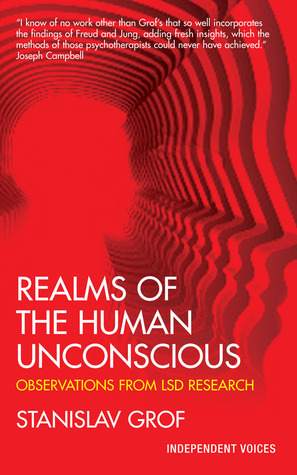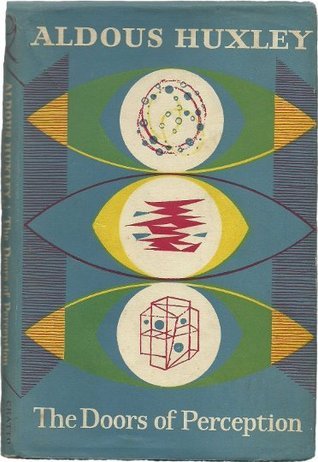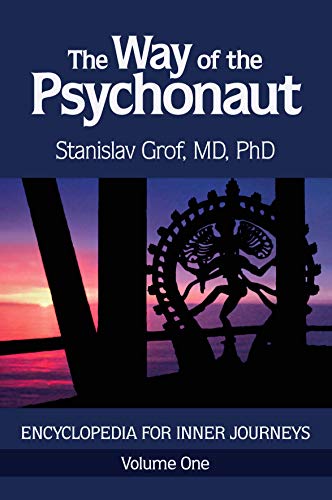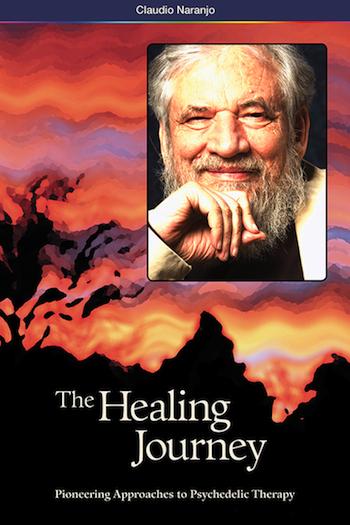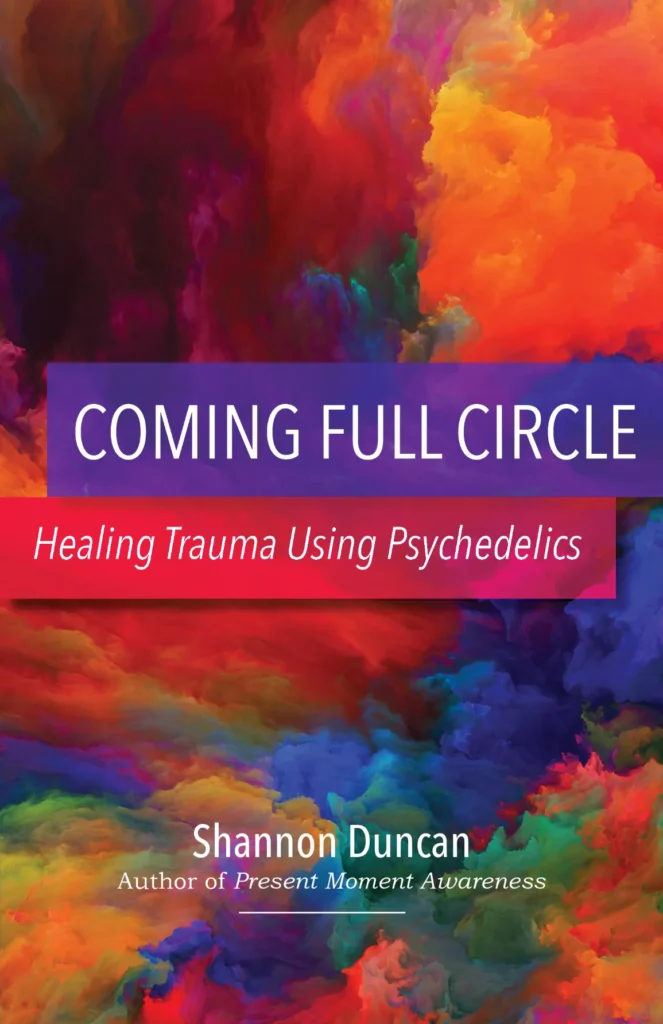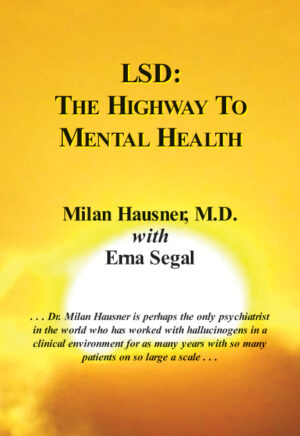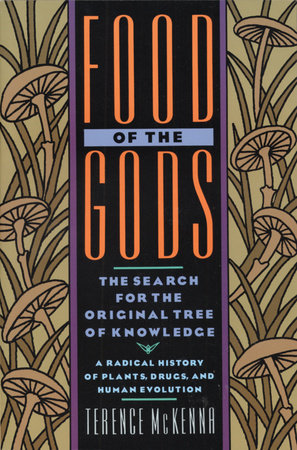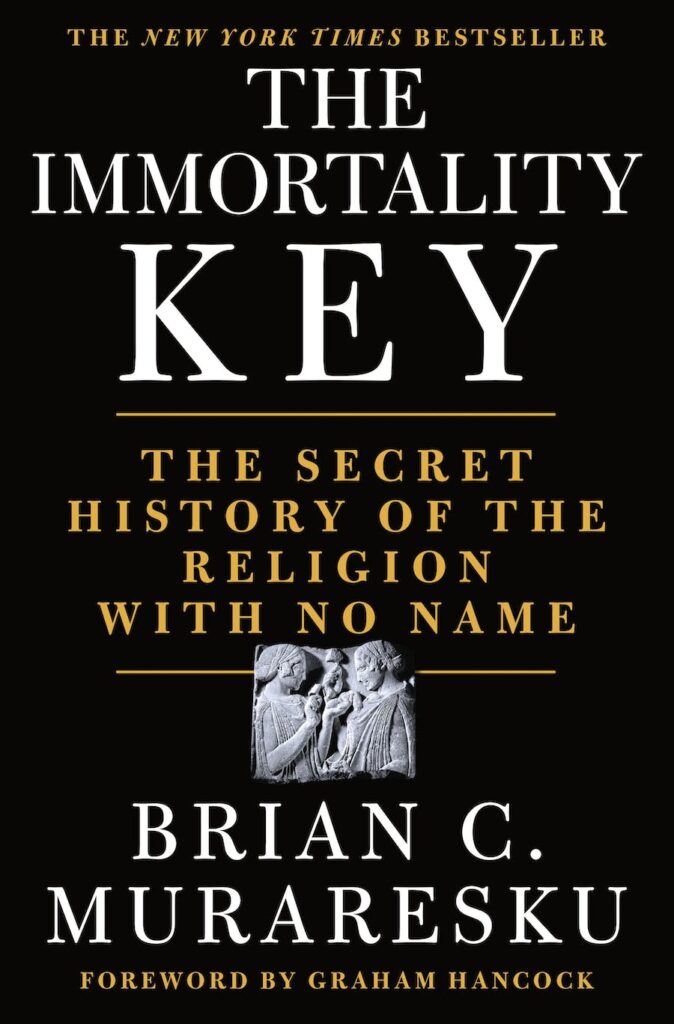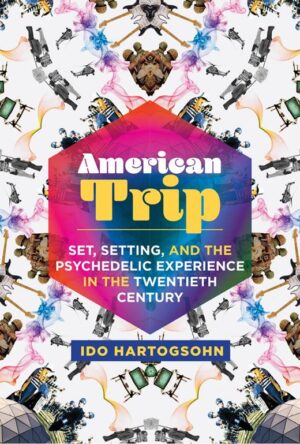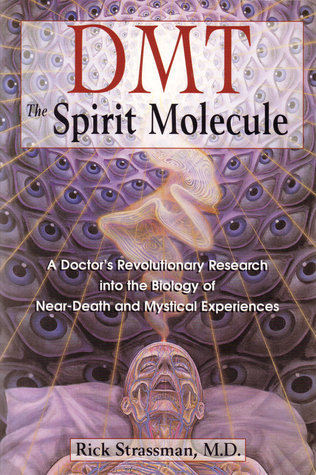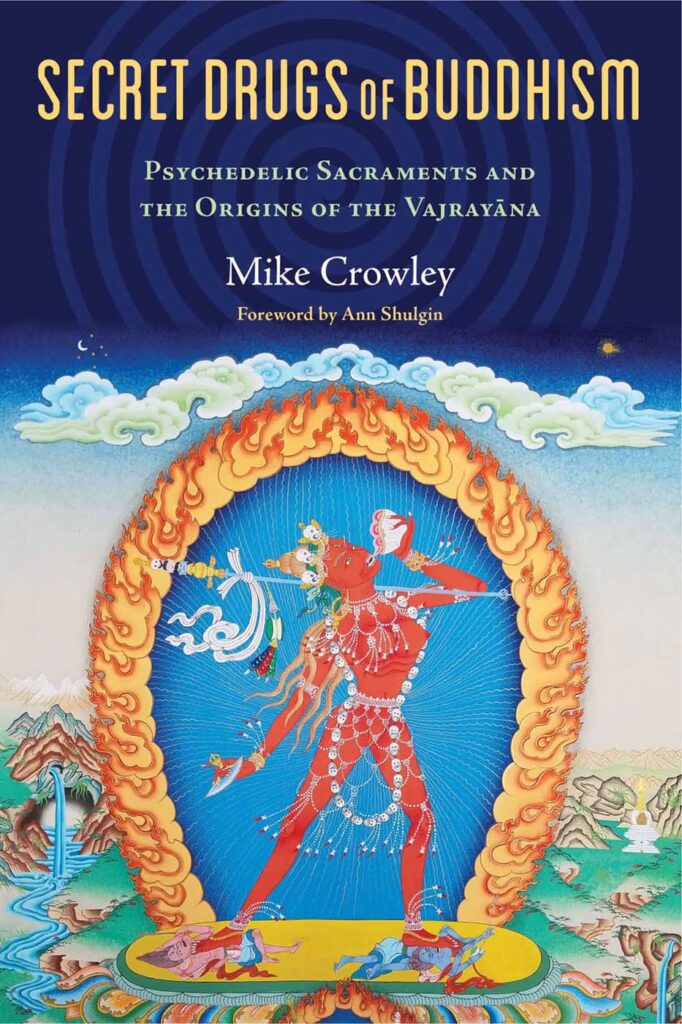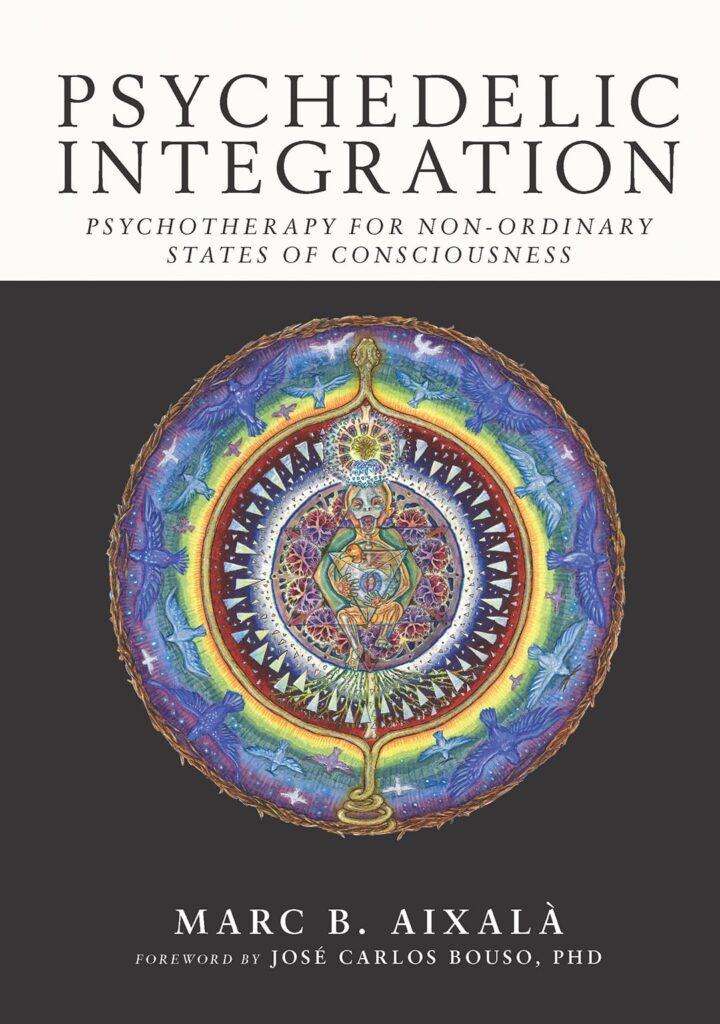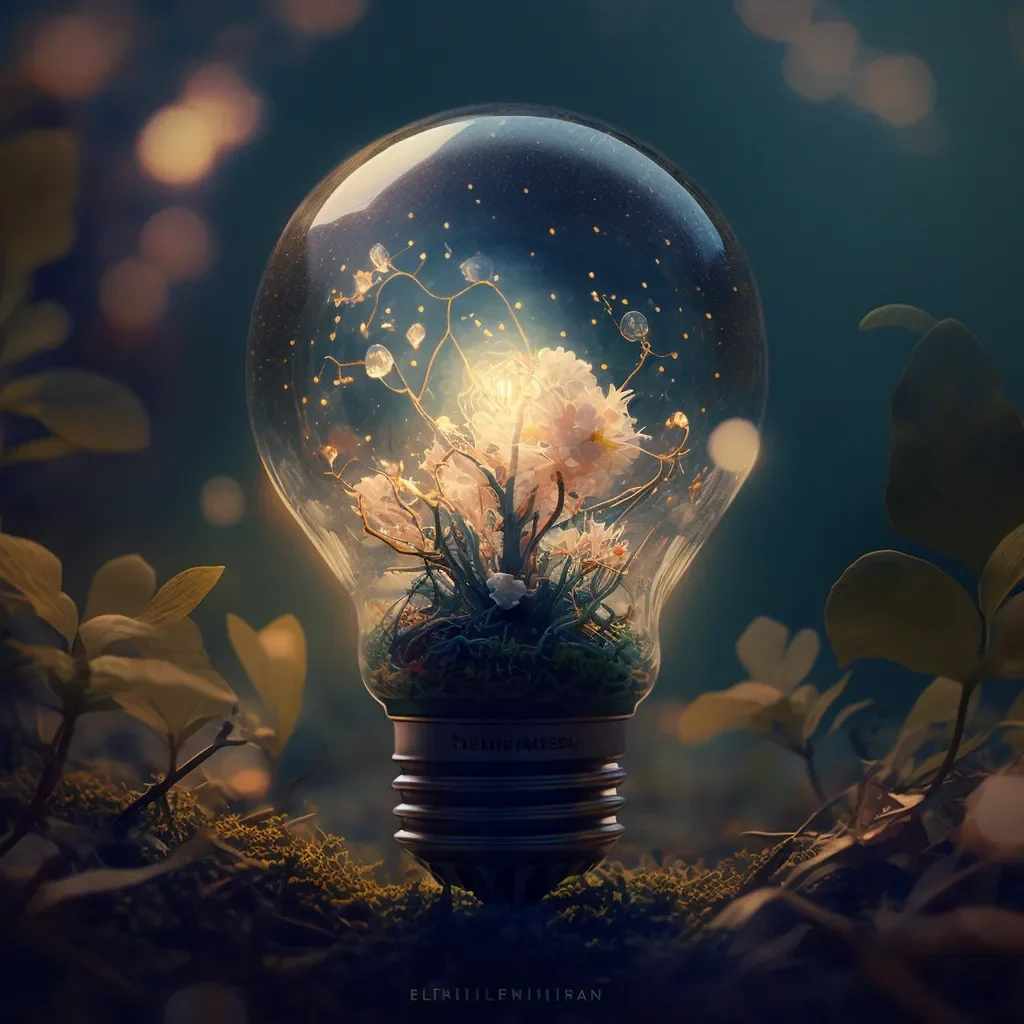Author Nino Galvez Leferink
In recent years, the exploration of psychedelics has grown beyond its countercultural roots, attracting a wide audience seeking deeper understanding. The catalyst for this seismic shift can be partly attributed to influential figures like Michael Pollan, whose work has opened doors to new understandings and appreciations of these powerful substances. For those who have ventured past the introductory musings of Pollan and seek to dive deeper into the psychedelic realm, there exists a rich tapestry of literature that spans various facets of this enigmatic world. This article presents a carefully curated list of essential reads for enthusiasts, guiding you through the many dimensions of psychedelic experiences and knowledge.
A.) Consciousness and the Psychedelic Experience
Although a book can never show you the full scope of what a psychedelic experience is like, these two works are classic explorations that give us a sense of the ineffable through a blend of personal narrative and theoretical exploration, making them invaluable for anyone interested in the deeper aspects of psychedelics and their transformative potential.
1. “Realms of the Human Unconscious” by Stanislav Grof
“LSD is a catalyst or amplifier of mental processes. If properly used it could become something like the microscope or telescope of psychiatry.”
– Stanislav Grof
Stanislav Grof, a pioneering figure in the study of consciousness, offers a comprehensive exploration of the human unconscious under the influence of LSD in this work. Grof’s work is foundational in the study of transpersonal psychology. He views LSD as an amplifier of the unconscious, exploring Freudian, Jungian, and Rankian domains that unfold under its influence. This book is pivotal in transpersonal psychology, providing insights into schizophrenia, psychiatry, psychotherapy, and the psychospiritual crisis.
Personal Takeaway
I was particularly intrigued by Grof’s description of the unconscious realms accessed through LSD like LSD-induced experiences resembling near-death experiences. This aspect of the book offered me a unique understanding of the intersection between psychedelics and profound spiritual experiences, reshaping my view of the boundaries between life, death, and consciousness.
2.”The Doors of Perception” by Aldous Huxley
Huxley’s account of his mescaline experience is a classic exploration of altered perception. He delves into the ways our minds can transcend their usual boundaries, offering insights into the aesthetic beauty and profound psychological shifts induced by psychedelics. His journey through the altered states challenges our understanding of reality and perception.
“The man who comes back through the Door in the Wall will never be quite the same as the man who went out. He will be wiser but less sure, happier but less self-satisfied, humbler in acknowledging his ignorance yet better equipped to understand the relationship of words to things, of systematic reasoning to the unfathomable mystery which it tries, forever vainly, to comprehend”
― Aldous Huxley, The Doors of Perception
Personal Takeaway
Huxley’s vivid descriptions of his mescaline experience reflect the limitations of ordinary sensory experiences and the potential for a broader, more enriched perception of the world around me.
3. “The Way of the Psychonaut” by Stanislav Grof
A significant 2-part work that delves deep into the realm of psychedelics, psychology, and Holotropic Breathwork. Grof expands upon Freud’s understanding of the unconscious, incorporating broader elements such as birth, trauma, and a range of transpersonal influences. A key revelation in Grof’s work is the detailed memory of biological birth in our unconscious and the transition from this birth-centric view to a focus on archetypal dynamics. The book emphasizes that the brain mediates but doesn’t produce consciousness, and introduces a new cartography of the human psyche, including the perinatal and transpersonal layers. Grof’s exploration highlights the psychotraumatic impact of physical injuries and diseases, and the therapeutic potential of holotropic states achieved through methods like psychedelic plants, meditation, dance, and prayer. Additionally, it touches upon the deep connection between individual consciousness and universal elements across various religious beliefs, underscoring a paradigm shift in our understanding of psychology, psychotherapy, and the role of spirituality in human life.
Personal takeaway
After reading this work, sees the psyche as far more expansive and interconnected with universal elements than traditionally understood. This insight fosters a deeper appreciation for the transformative potential of exploring non-ordinary states of consciousness, especially in therapeutic contexts, and challenges us to rethink our approach to mental health and spiritual development.
Bonus: A peek into the psychedelic experience
Discover our article opens the veil for you take a peek into the psychedelic experience.
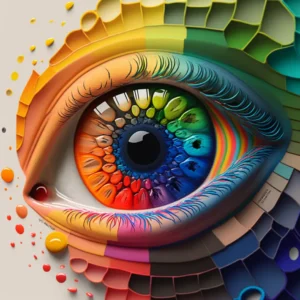
B.) Psychedelic Therapy and Healing
The exploration of psychedelics as therapeutic tools has opened new doors in understanding and healing the human psyche. This selection of seminal works dive deep into these aspects of the psychedelic experience:
4. “The Healing Journey” by Claudio Naranjo
Claudio Naranjo’s “The Healing Journey: Pioneering Approaches to Psychedelic Therapy” delves into the therapeutic potentials of a class of psychedelics defined as emotion- or fantasy-enhancers. This includes substances like MDA, MMDA, harmaline (found in ayahuasca), and ibogaine. Naranjo categorizes these substances distinctly from classical psychedelics like LSD and psilocybin, emphasizing their unique qualities in enhancing emotions and fantasies. His work is pivotal for anyone deeply interested in the intersections of consciousness, psychotherapy, and psychopharmacology, as it sheds light on revolutionary approaches in these fields.
Personal Takeaway
I discovered a profound appreciation for the nuanced ways psychedelics can enhance therapy. Naranjo’s exploration of substances like MDA and harmaline opened my eyes to their unique roles in emotional and fantasy enhancement.
5. “Coming Full Circle” by Shannon Duncan
Shannon Duncan’s “Coming Full Circle: Healing Trauma Using Psychedelics” provides a deeply personal narrative of using psychedelics for trauma healing. Duncan’s book is divided into three parts, offering a background on various psychedelics, an exploration of the healing process (both historic and modern), and a summary of his own journey and integration results. His discussion includes substances like MDMA, Psilocybin, 2C-B, 3-MMC, 5-MeO-DMT, N,N-DMT, Ayahuasca, and Ketamine. Duncan’s account is notable for its well-researched technical descriptions and cultural contexts, making it a valuable resource for understanding the practical applications of psychedelics in healing trauma. He emphasizes the importance of careful consideration and education with knowledgeable guides or practitioners when engaging with these substances.
“One of the most important and healing aspects of the deep visionary experiences unleashed by psychedelics is the sharing of these experiences with others — sharing your pain and your joy and experiencing the pain and joy of others in a state of clarity, empathy, acceptance, humility and openness. When it comes to psychedelic experiences and the management of trauma, Shannon Duncan has walked the walk. What he shares in Coming Full Circle, the result of years of direct engagement at the heart of the mystery, is both deeply healing and richly informative. Highly recommended.”
– Graham Hancock, author of The Divine Spark and Fingerprints of the Gods.
Personal Takeaway
Duncan’s description of his transformative experience with MDMA particularly struck a chord with me. His detailed recounting of achieving emotional breakthroughs during MDMA-assisted therapy sessions opened my eyes to the empathogenic qualities of this substance in healing deep-rooted trauma.
6. “LSD – The Highway to Mental Health” by Milan Hausner
This book details Dr. Milan Hausner’s work at his clinic near Prague, where he supervised over 3,000 LSD therapeutic sessions from 1954 to 1980. It provides an in-depth look at the use of LSD in psychotherapy, offering valuable insights into its applications and impact.
Personal Takeaway
I was particularly fascinated by the case studies Hausner presented involving LSD’s use in treating anxiety disorders. His insights into the profound impact of LSD therapy sessions on alleviating long-standing anxiety symptoms provided a compelling argument for its therapeutic potential.
C.) Historical and Cultural Evolution of Psychedelics
Delving into the rich history and cultural evolution of psychedelics, two groundbreaking works stand out: “Food of the Gods” by Terence McKenna and “The Immortality Key” by Brian Muraresku. These books offer fascinating insights into how psychedelics have shaped human consciousness and culture.
7. “Food of the Gods” by Terence McKenna
McKenna proposes a bold theory that psilocybin mushrooms significantly contributed to the evolution of the human brain. The book explores how our relationships with various psychoactive plants, including caffeine, sugar, and alcohol, have shaped human cultures and how reconnecting with certain psychoactive plants may help restore balance in our world. With modern cities and technology, people feel more alienated than ever. This is exemplified by the ever-rising rates of mental illness and use of pharmaceutical drugs. There is also a tremendous destruction happening to the oceans, rainforests and planet. McKenna says that reawakening our relationship to certain psychoactive plants may help to pull us out of these negative trajectories.
8. “The Immortality Key” by Brian Muraresku
Muraresku explores the idea that ancient Greek and early Christian rituals were deeply intertwined with psychedelic practices. He presents a decade’s worth of research, suggesting that these rituals allowed people to embrace their mortality and influenced the origins of Christianity.
Personal Takeaway
The book’s exploration of the connection between ancient rituals and psychedelics is eye-opening. It made me reevaluate the roots of Western civilization and the potential role of psychedelics in shaping our spiritual practices.
D.) Science and Biochemistry of Psychedelics
Delving into the scientific underpinnings of psychedelics, the following books offer an in-depth look at their biochemical mechanisms and psychological effects.
9. “American Trip: Set, Setting, and the Psychedelic Experience in the Twentieth Century” by Ido Hartogsohn
Hartogsohn’s book is an exploration of the modern history, cultural and societal contexts and their specific influences on psychedelic experiences. Key themes include the transition from psychotomimetic to psychedelic models, the influence of LSD on creativity and culture, its use in Silicon Valley, and the controversy surrounding its demonization and potential for peace and harmony. The book also discusses the liberation movements of the 1960s, emphasizing how societal conditions fostered American psychedelic experimentation.
Personal Takeaway
I was particularly intrigued by how Hartogsohn dissects the interplay between the societal setting and the psychedelic experience. His exploration of LSD’s influence in Silicon Valley and its role in the rise of personal computing was a revelation, showing how psychedelics can fuel innovation in unexpected domains acting not only as catalysts for personal transformation but also cultural and technological revolutions.
10. “LSD: My Problem Child” by Albert Hofmann
Albert Hofmann, the discoverer of LSD, recounts his accidental discovery and subsequent experiments with this potent psychedelic. In “LSD: My Problem Child,” Hofmann explores the history and impact of LSD on science and culture. His reflections on the substance’s transformative potential, along with his philosophical musings on nature, mind, and the sacred, make this book a cornerstone in psychedelic literature.
Personal Takeaway
Hofmann’s insights into the discovery and effects of LSD provide a unique perspective on the serendipitous nature of scientific discovery and its profound impact on our understanding of consciousness and reality.
11. “DMT: The Spirit Molecule” by Rick Strassman
Rick Strassman’s groundbreaking research on DMT, a powerful psychedelic compound, is detailed in “DMT: The Spirit Molecule.” This book documents his clinical trials, where participants reported profound, life-altering experiences after DMT administration. Strassman discusses the potential of DMT in understanding human consciousness and spiritual experiences, offering a scientific framework for these mystical states.
Personal Takeaway
Strassman’s work opened my eyes to the profound and often mystical experiences elicited by DMT, challenging conventional notions of reality and the potential for consciousness exploration.
E.) Global and Shamanic Traditions
Exploring the global and shamanic traditions surrounding psychedelics, the books in this section provide a window into the ancient uses of these substances in various cultures. They offer insights into the sacred and healing aspects of psychedelics, as experienced by different societies around the world.
12. “Plants of the Gods” by Richard Evans Schultes
Richard Evans Schultes, a renowned ethnobotanist, takes readers on a journey through the history and ethnobotanical study of psychoactive plants in “Plants of the Gods.” This book is a comprehensive guide to the sacred plants used by indigenous cultures for healing and spiritual purposes, providing a rich tapestry of the global heritage of psychedelic use.
Personal Takeaway
Schultes’ work deepened my understanding of the cultural and spiritual significance of psychoactive plants in various indigenous traditions, highlighting the importance of preserving this ancient knowledge.
13. “Secret Drugs of Buddhism” by Michael Crowley
This book delves into the historical use of psychoactive substances in Buddhist practice. This book examines textual and archaeological evidence, suggesting that certain Buddhist rituals may have incorporated the use of psychedelic substances. It offers a thought-provoking perspective on the role of psychedelics in spiritual practices and their potential influence on Buddhist teachings.
Personal Takeaway
This book provided a fascinating insight into the lesser-known aspects of Buddhist practices, suggesting a possible link between psychedelics and spiritual enlightenment in ancient Buddhist traditions.
F.) Integration Practices of Psychedelic Experiences
The importance of integration and aftercare following psychedelic experiences cannot be overstated. This critical aspect of the psychedelic journey involves translating profound, often life-altering experiences into meaningful and sustainable changes in daily life. The following books provide essential insights and guidance for this vital process.
14. “Psychedelic Integration: Psychotherapy for Non-Ordinary States of Consciousness” by Marc Aixalà
Marc Aixalà’s book is a key resource in the field of psychedelic integration. It addresses the challenges and opportunities that arise after a psychedelic experience, offering practical advice for both individuals and therapists. Aixalà combines his extensive experience in psychotherapy with real-world examples, providing a comprehensive guide for effectively integrating psychedelic experiences. His work is particularly relevant in our modern context, where psychedelics are increasingly being recognized for their therapeutic potential.
Personal Takeaway
Aixalà’s book bridges the gap between psychedelic experiences and everyday life. His adoption of constructivism, an approach that acknowledges the diverse worldviews of individuals undergoing integration, emphasizes the key role of understanding individuals’ experiences through the prism of their beliefs. Aixalà maintains ‘radical respect’ for these diverse worldviews, seeking ways to help individuals cope with life’s challenges within the context of their unique perspective.
Final remarks
From Claudio Naranjo’s insights on emotional enhancement with psychedelics to Aldous Huxley’s explorations of altered perception, each book provides unique perspectives on the transformative power of these substances. These works, rich in wisdom and diverse perspectives, hopefully encourage your exploration into the depths of your consciousness, perhaps through the powerful modality of psychedelics, where growth and transformation are not just possible, but within reach. Follow your curiosity and don’t forget to pause and reflect.

Patrick Liebl,
Lead Facilitator & Integration Expert
Curious to learn more?
We invite you to schedule a call with us. Together, we can explore any questions you may have. We can explore whether a program with a legal psychedelic experience is right for you at this time.
“We are here to support your exploration, at your pace, with no expectations.” – Patrick Liebl
